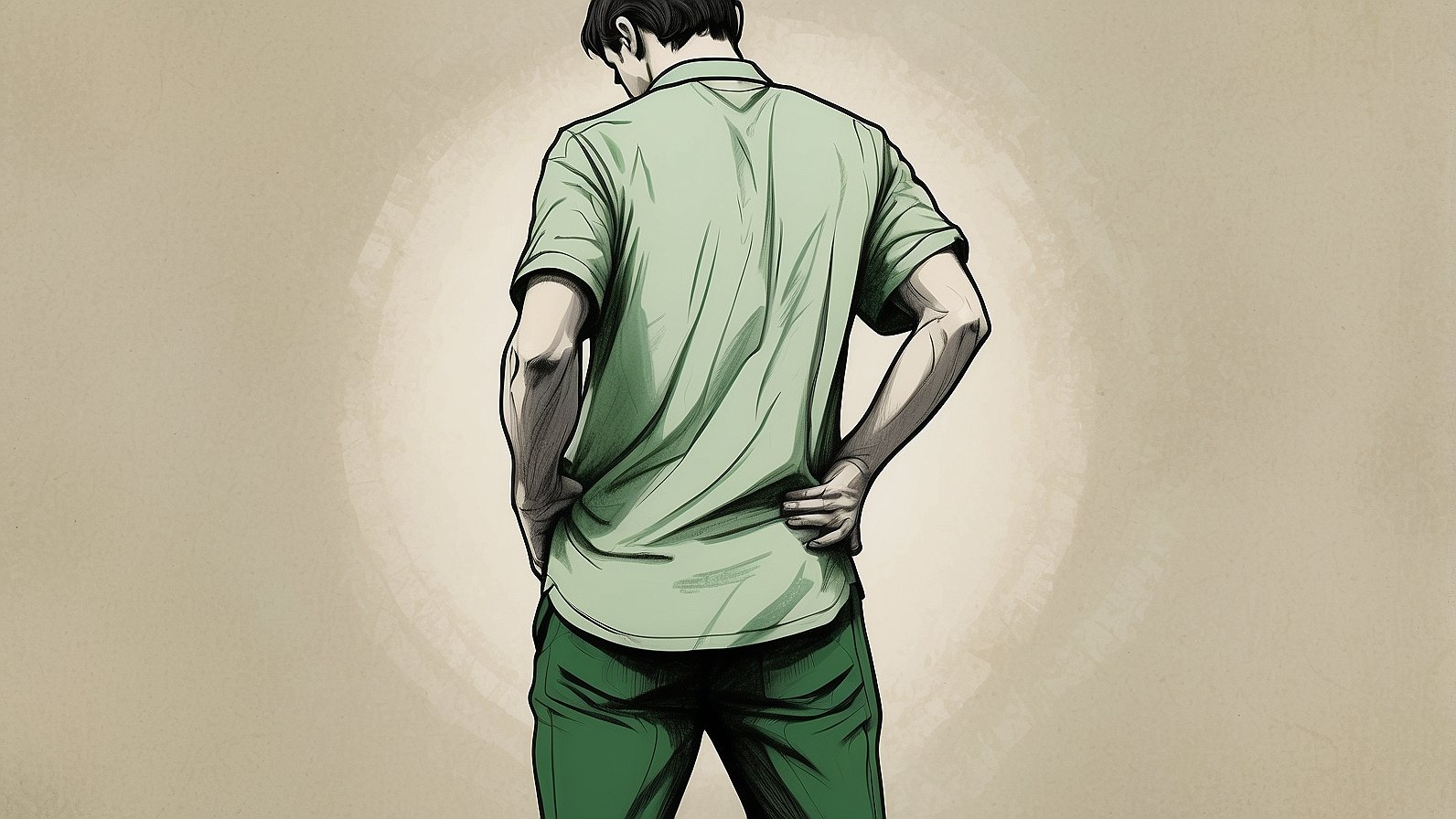This website uses cookies to ensure you get the best experience on our website

Exercises for women with back pain
Back pain is a common ailment that affects women of all ages, significantly impacting quality of life and overall well-being. While it might seem counterintuitive, exercise is actually a crucial component of managing and alleviating back pain. However, it's important to choose the right exercises that strengthen the body. This guide is designed to navigate the complexities of exercising with back pain, offering safe, effective practices tailored for women across various age groups and fitness levels. We'll explore modifications for common exercises to make them more back-friendly and highlight specific workouts aimed at bolstering the core and back muscles, essential for supporting spinal health.

The Power of Positive Thinking in Back Pain Management
The relationship between mind and body, and how the two are intertwined cannot be overstated. Especially when it comes to managing chronic pain, the power of positive thinking plays a pivotal role. As individuals suffering from back pain search for holistic approaches to pain management, incorporating mental wellness strategies into one’s routine has shown significant benefits. But first let’s understand the connection between mind and body.

Men, back pain and mental health
Chronic back pain for men not only affects the body but also casts a long shadow on mental well-being. Yet, the connection between physical pain and mental health is often overlooked, leaving many without the holistic care they need. Let’s look a little closer at the relationship between chronic back pain and mental health issues such as stress, anxiety, and depression in men. We'll explore how managing one aspect can significantly alleviate the other and suggest a comprehensive approach that focuses on physical, mental, and emotional well-being.

The surprising link between lifestyle and back pain
Back pain: it's a common issue that many of us face, yet it often feels like we're navigating through it without a clear map. Whether you're clocking hours behind a computer, chasing after toddlers, or pushing yourself in sports, back pain seems to find a way into our lives. Let's cut through the noise and get down to what really matters: how our everyday habits contribute to back pain and what we can do about it.

Transforming back pain management and prevention with Healactively
The journey towards understanding and managing back pain is complex yet filled with hope. Recognizing that over 90% of back pain cases are mechanical in nature offers hope, as they can be treated and don’t necessarily require surgical solutions. This insight aligns perfectly with Healactively’s proposition which is to empower individuals with expert support to take control of their back wellness through personalized, non-invasive solutions, backed by science and AI.

Debunking the myth of 'unspecified back pain'
Back pain stands as a prevalent issue worldwide, often leading to significant discomfort and disability, even significant loss in quality of life. Among its classifications, 'unspecified back pain' or non-specific low back pain (NSLBP) emerges as a particularly ambiguous term. And according to the European Pain Federation at least 90% of back pain is diagnosed as ‘low back pain, unspecified’. Here we draw on insights from research conducted by the University of Zurich and published in European Journal of Pain, to shed light on what 'unspecified back pain' truly means, why the term may be misleading, and how understanding it better can enhance patient care and outcomes.
